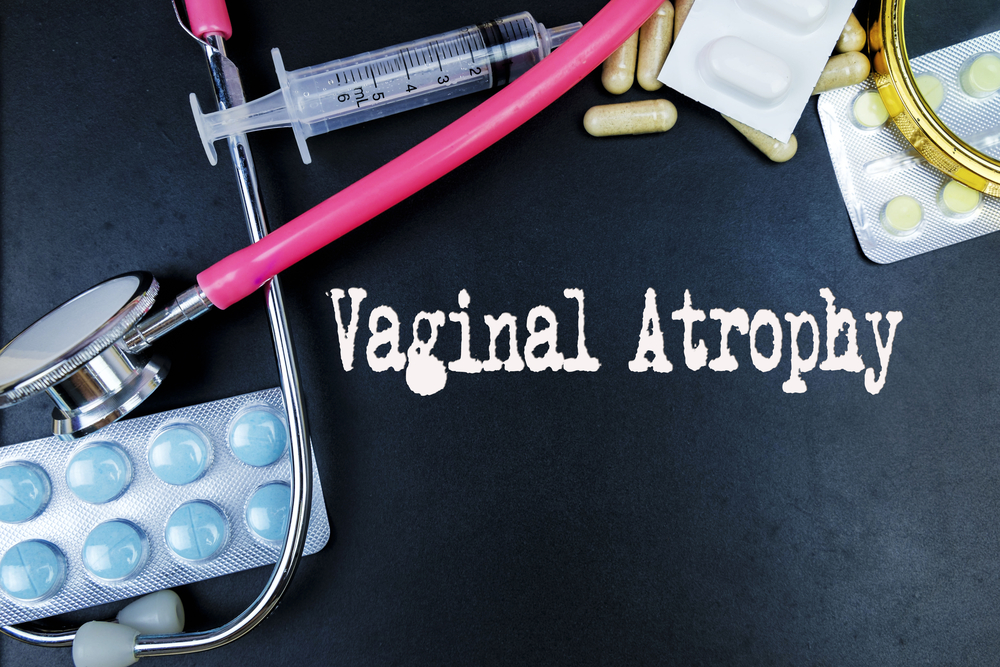Vaginal Atrophy Treatment – An Overview
Vaginal atrophy treatment – An overview
Vaginal atrophy is an age-related condition that affects women around the age of menopause, but it need not necessarily affect women of only that age group. In pre-menopausal and post-menopausal women, the condition is caused by varying levels of the female hormone estrogen, which is the principal hormone in women.
Estrogen is present at all ages in the female body, and even well into the post-menopause stage, this hormone does not cease to exist in the system.

What is vaginal atrophy?
- It is an age-related change in most cases.
- The urinary and genital systems are closely related because of their closeness in location and evolution. In medical parlance, it has always been urinogenital.
- Vaginal atrophy affects the urinary system also. One of its manifestations is an increased risk of urinary infection in postmenopausal women.
- The vaginal walls and lining become thin and lose their elasticity. The canal becomes narrow. As the estrogen levels in the body fall, the glandular secretions reduce and the canal becomes dry.
What are the symptoms of vaginal atrophy?
- Some of the most common symptoms of vaginal atrophy are vaginal dryness, discharges, burning, itching, painful intercourse, or dyspareunia and slight bleeding post intercourse.
- Some of the urinary symptoms of vaginal atrophy are getting a burning sensation during urination, urinary incontinence, painful urination or dysuria, and frequent urinary infections.
Do all women suffer from vaginal atrophy?
- It is difficult to conclusively come to this assumption with any accuracy, as many women may decide to let it go rather than seeking medical aid, which is wrong.
- However, some surveys have put about 50% of postmenopausal women as suffering from GMS or genitourinary syndrome of menopause, or vaginal atrophy post menopause.
- Only a quarter of the women who participated in the survey related their symptoms to vaginal atrophy post menopause.
Who all are likely to suffer from vaginal atrophy?
- There are certain factors that increase the chances of suffering from GSM.
- One of the main factors is smoking. Smoking reduces circulation, leading to deterioration of tissues, and the vaginal tissue is no exception.
- Smoking also reduces the effect of estrogen naturally available in the body.
- Women who have had normal deliveries of children are at a reduced risk.
- Sexual activity increases blood circulation to the vagina and helps maintain vaginal health. Abstinence is a major cause of vaginal atrophy.
How is vaginal atrophy post menopause diagnosed?
- The doctor takes the medical history, but they also conduct a visual and physical examination of the pelvic organs for any abnormalities, like bulges indicating prolapse of bladder, uterus, and rectum.
- In case of urinary complaints, the doctor would order some tests, such as a routine urine test.
- Vaginal acid balance may also be tested. This may involve collecting vaginal fluid and testing its acidity by inserting a paper that changes color according to the acidity it encounters.
Are there any treatment options for vaginal atrophy?
- Evidently, a complete cure is out of the picture.
- Having said that, there are enough treatments available to mitigate the symptoms of vaginal atrophy.
- Hormone replacement therapy is an obvious choice of vaginal atrophy treatment. However, HRT is by and large discontinued as a treatment option for menopause and postmenopausal syndrome because of its unacceptably high risk.
- One of the options is to locally replace the moisture. Moisturizers need to be used once in two-three day as a treatment option for vaginal atrophy. The moisture retention is slightly better than lubricants then.
- Water-based lubricants are the choice for the treatment of vaginal atrophy. They are available over the counter.
- It is better to avoid mineral oil-based ones, as they cause allergic reactions like itching, etc. Some women have adverse reactions to glycerin.
- Estrogen creams are available as another treatment option for vaginal atrophy. A local replenishment of estrogen is more effective than the oral route. They have the added advantage of having low levels of the hormone, resulting in a risk of lesser side effects.
- Topical estrogen is available as creams, offering faster relief. These have to be used daily for about three weeks, and then one to three times a week as a treatment for vaginal atrophy.
- Estrogen eluting rings are implanted into the vagina in a controlled manner and can remain for three months.


